Succession planting is a great way to stagger the garden planting as well as the harvest. If you don’t want bushels of produce coming in all at once, this is a great method for enjoying the harvest throughout the year.
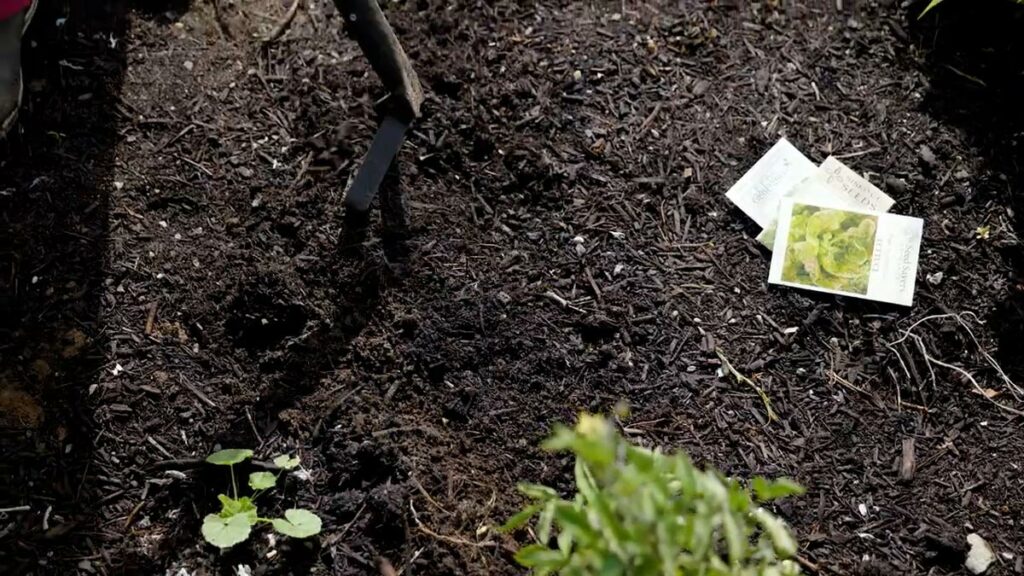
Planting a late summer garden (in July or August) for a fall harvest is a great way to get more out of your garden. You may want to check out my hot climate gardening tips if you plan to plant in mid-summer.
I also love this method of growing vertically when dealing with limited gardening space. I’ve discussed many times the different methods for extending the growing season into the cold shoulder months of spring and fall, but many of these methods will help during the hot summer months as well!
That’s important for me living in the Pacific Northwest, where my growing season is relatively short. I have to squeeze every last bit of growing time possible to grow food for a year for my family.
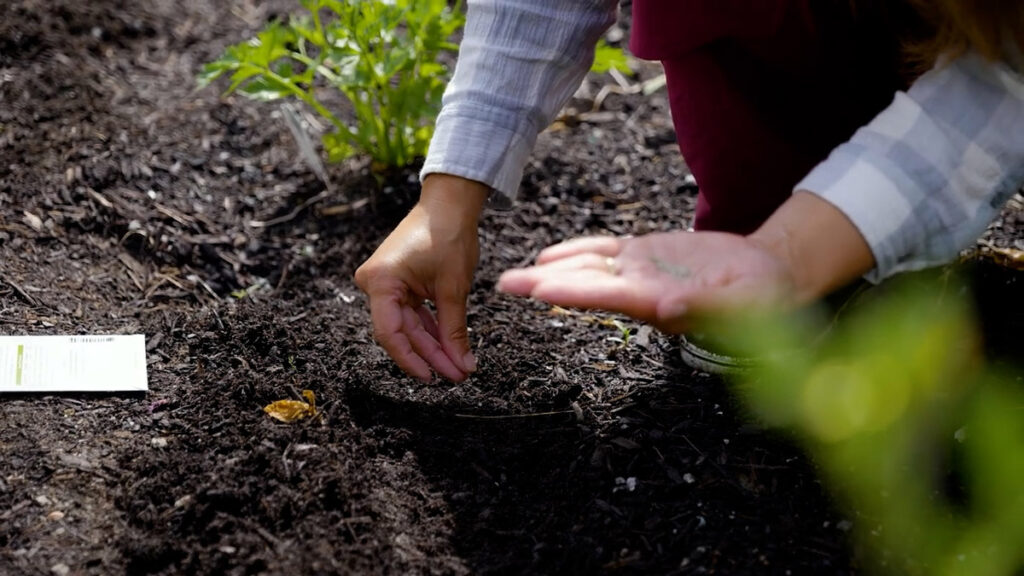
What is Succession Planting
Succession planting is staggering planting times and/or crop varieties, so you have a continual harvest rather than one harvest at once.
Your success with succession planting will be determined by planting specific crops at the correct time for their growing conditions around your first and last average frost dates in the spring and fall.
Identify your first and last average frost dates so you know how many days you have in your warm weather growing season. The days between the first and last frost dates are your average warm weather growing days.
Mine is the end of April and the end of September, which gives me approximately 150 frost-free growing days.

What is Intercropping
Intercropping is a great way to stagger two crops in the same growing area. This works best when you plant a new crop a few weeks before the existing (or more mature crop) is ready to be harvested. By the time you harvest the existing crop, the new smaller crop will just begin to need more growing room.
I like to use intercropping with cool-weather crops in the spring (then planting a warm-weather crop when the early spring crop is ready to come out), and then when that warm-weather crop is close to harvest, plant a cool-weather crop for fall.

Check out my board hack that helps increase germination, especially during hot, dry weather.
Subscribe to Melissa K. Norris!
Get updates on the latest posts and more from Melissa K. Norris straight to your inbox.
We use your personal data for interest-based advertising, as outlined in our Privacy Notice.
How to Use Succession Planting & Intercropping in the Garden
There are many ways to use succession planting and intercropping in the garden. Here are a few ways to do it…
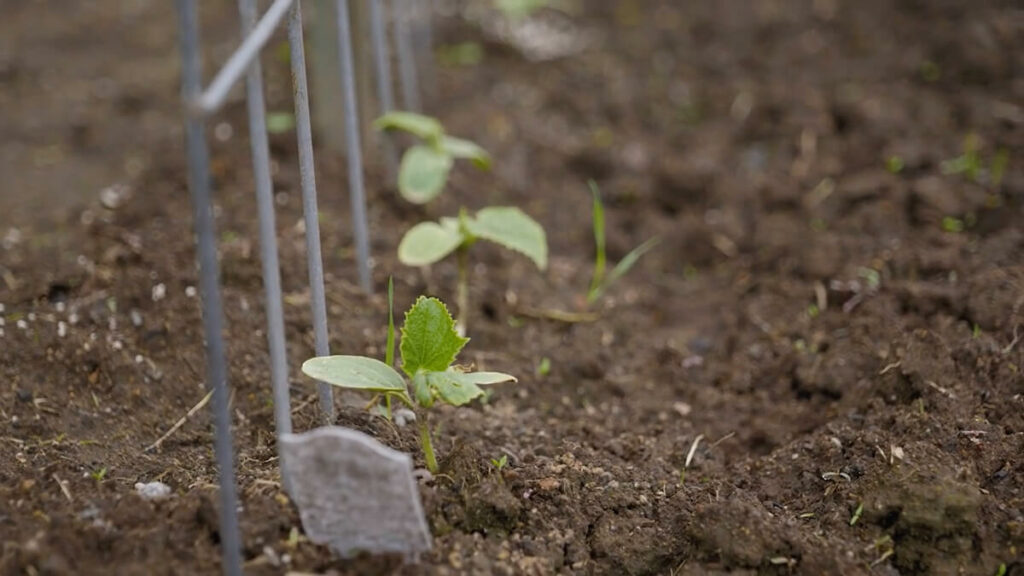
Succession Planting
An example of succession planting is when taking a solo crop, such as beets, and planting a small amount every two to three weeks. Doing this well into the middle of summer will give you a staggered harvest of beats all summer long.
This works with most crops, though how frequently you sow more seeds may vary. Check out the chart in this post for more information.
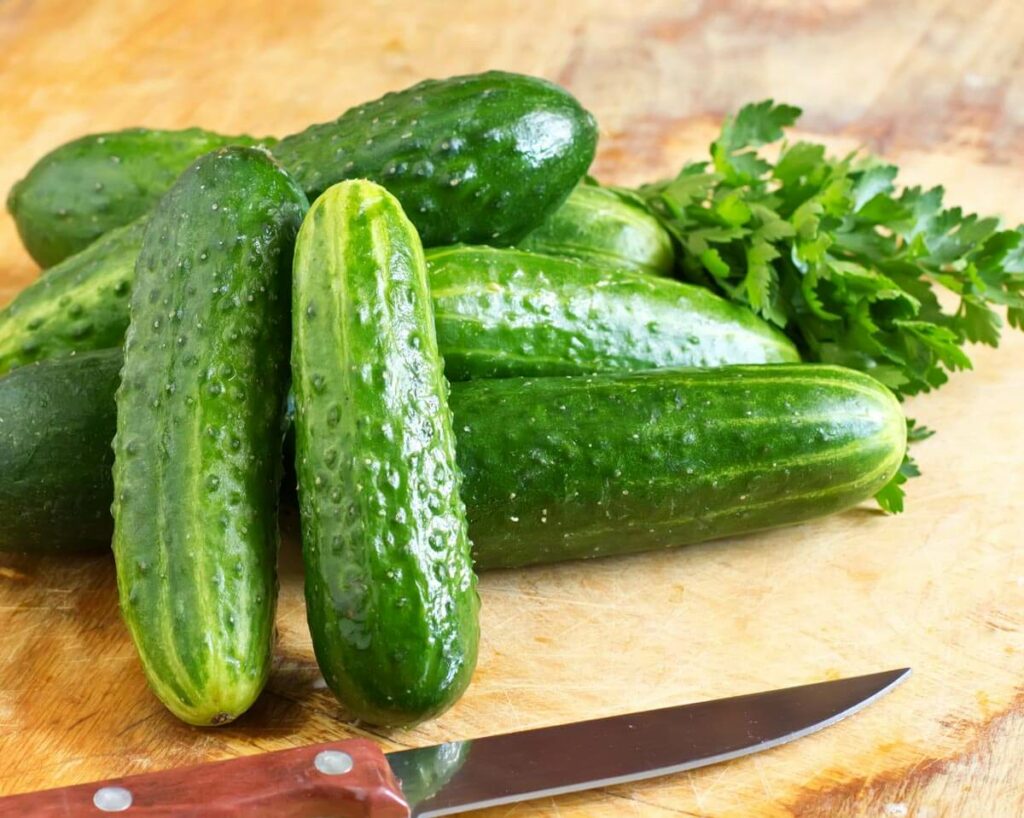
There’s one other method of succession planting that I use for specific crops that tend to dwindle toward the end of summer. Specifically, my cucumbers. Though people with longer growing seasons could succession sow their cucumber seeds every three to four weeks, I only do two plantings. One just after Memorial Day (once the threat of frost is well past) and one about a month later.
What I notice about my cucumber plants is that they tend to slow down their production toward the end of summer. So having two planting times allows me continual harvest of cucumbers for fresh eating as well as enough for turning into my favorite homemade bread and butter pickles, fermented dill pickles, and of course, my great-grandma’s mustard pickles (a must every year!). And be sure to read my seven tips for crunchy pickles every time!
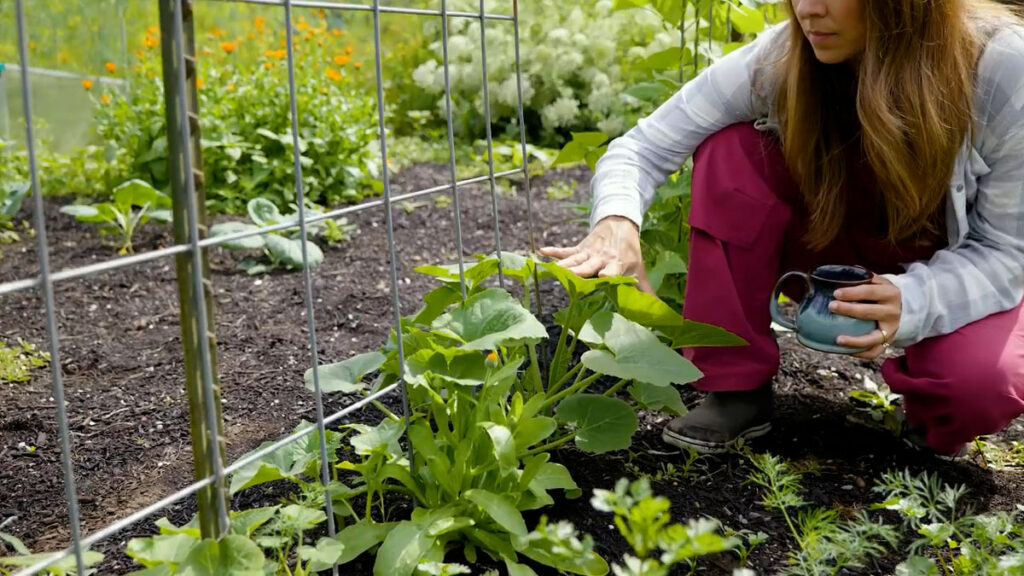
Intercropping + Succession Planting
- Plant broccoli (4 weeks before the last frost date) in early April.
- Plant onion starts next to broccoli in mid-May.
- Plant a root crop like beets/radishes/carrots in early July where broccoli was.
This allows me to grow and harvest three crops in the same spot throughout the growing season.
I’ve created a chart for you below, or you can download the FREE Succession Planting Growing Guide: Planting Chart to print out and keep with your gardening supplies.
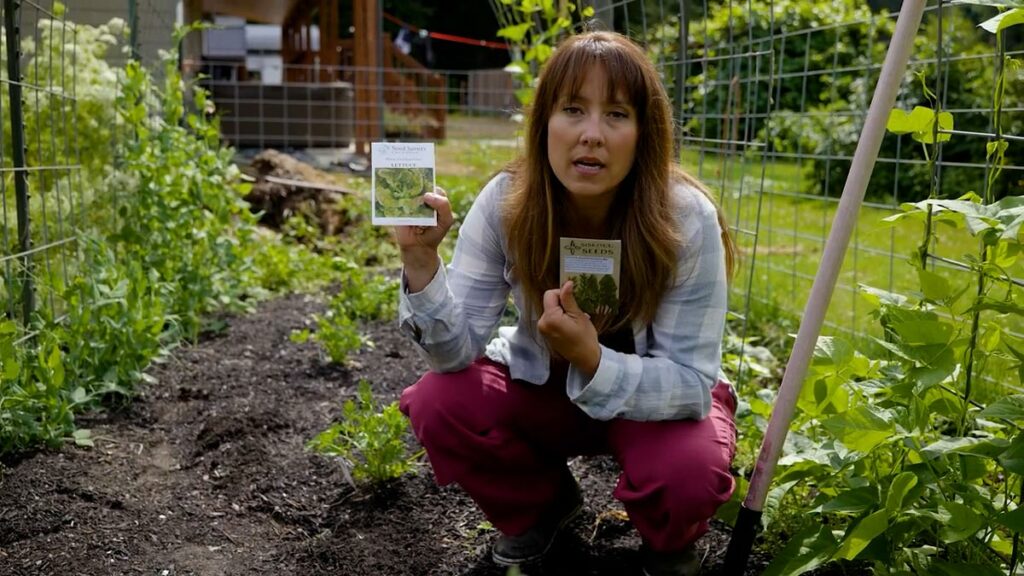
Same Crop, Different Varieties
Another way to succession plant is to plant varieties of the same crop with different maturity days.
With warm weather crops, you need to know your frost-free days to be successful. Many people like to do this with their summer and winter squash, beans, corn and even tomatoes (my northern climate and frost-free days do not allow me to do this with winter squash or tomatoes).
For example, sweet corn is a warm weather crop, but some varieties, such as Triple Play Corn (from Siskiyou Seeds), are ready in 75 to 85 days, whereas Anasazi is 90 to 100 days. You would plant them simultaneously, but your harvest would be staggered due to the different varieties.
You could take this method and layer on succession planting to further extend this.
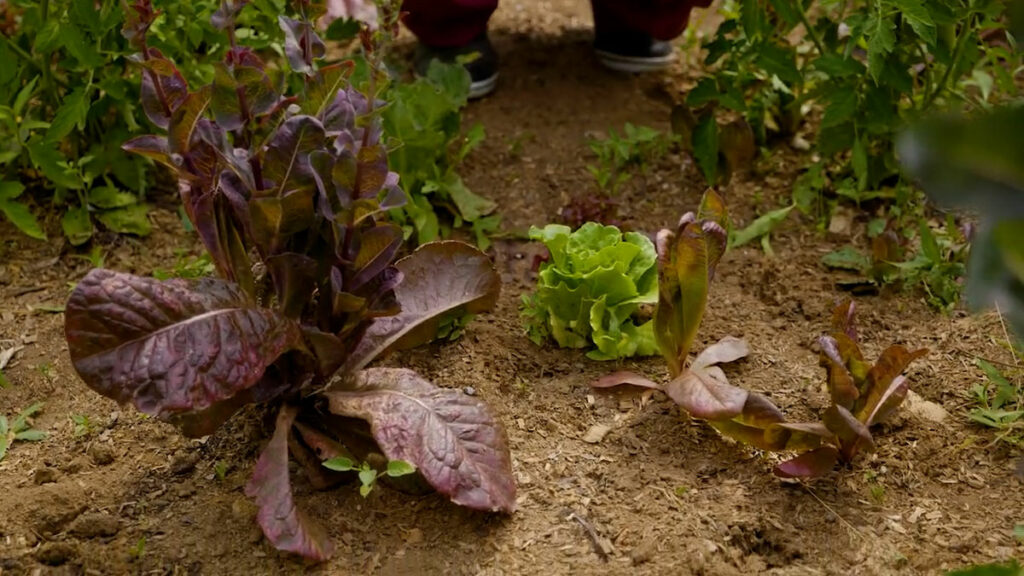
Bolting (Crops Going to Seed)
Perhaps my favorite (and easiest) method of succession planting is to allow the plants to do the work for you. I haven’t planted lettuce in my high tunnel in three years and generally have lettuce growing year-round except for about two months during the coldest parts of winter.
All I do is let my lettuce go to seed, and the seeds fall where they may and sprout when the conditions are right.
Though this isn’t a very reliable method, I consider every head of lettuce that grows in my high tunnel a bonus crop!
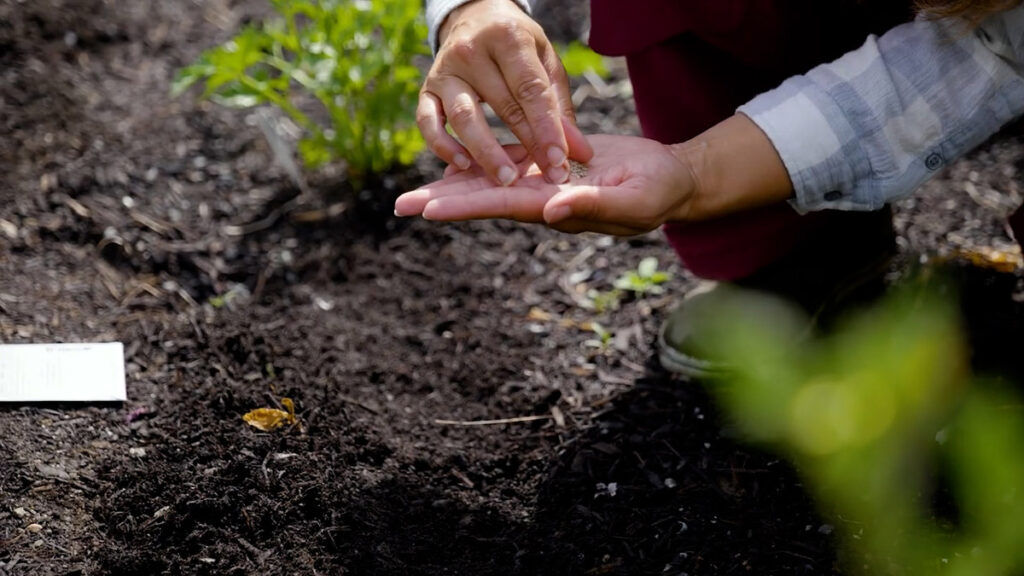
Other Gardening Articles You May Enjoy
- Coffee Grounds in The Garden (4 Ways to Use Them)
- What is a Survival Garden?
- Helpful Tips for the Beginning Gardener
- How to Prune Basil Plants to Double Your Harvest
- Biggest Garden Planning Mistakes and How to Avoid Them
- How to Plant Garlic (Fall Garlic Planting)
- How Much to Plant Per Person for a Year’s Worth of Food
- How to Germinate Seeds Faster
- Soil Remediation-How to Fix Tainted Soil
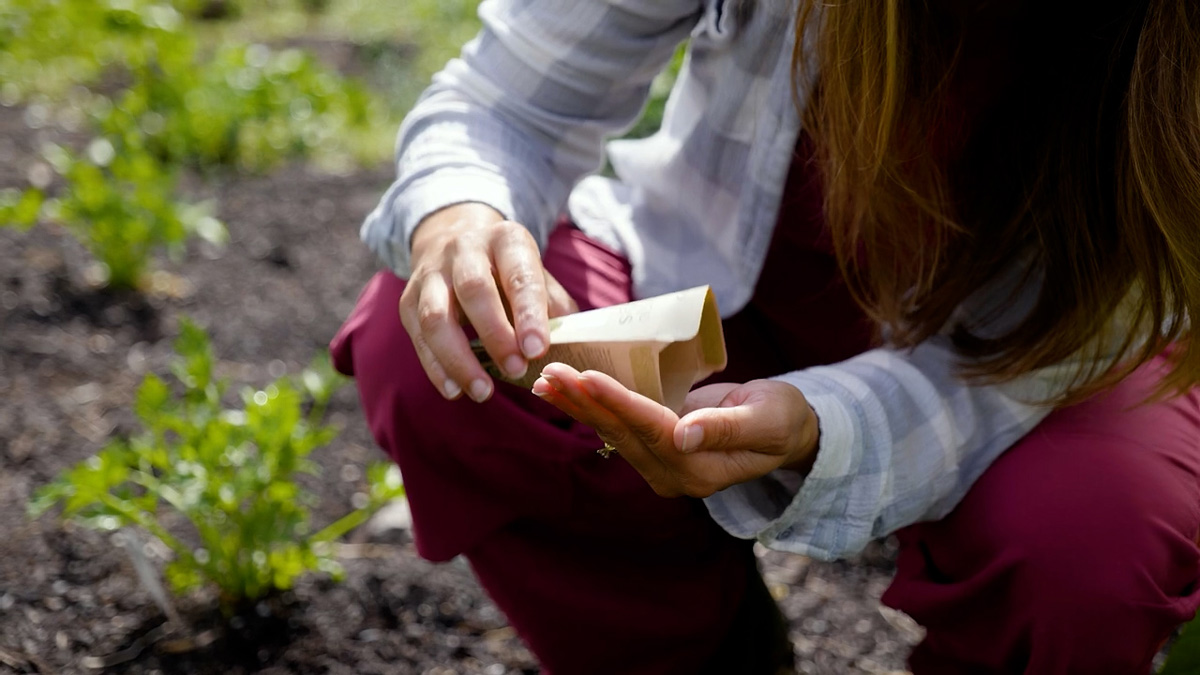
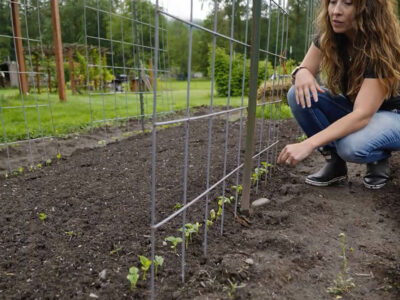
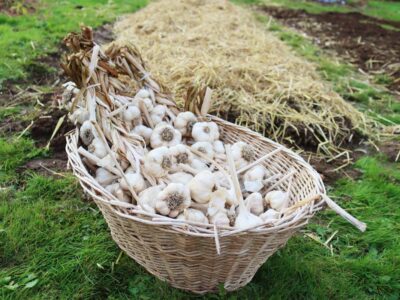

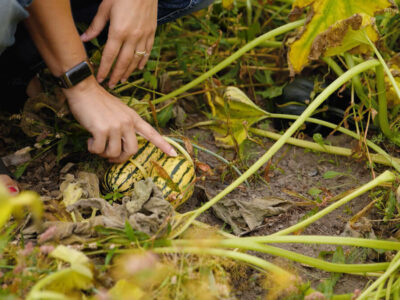






Leave a Reply